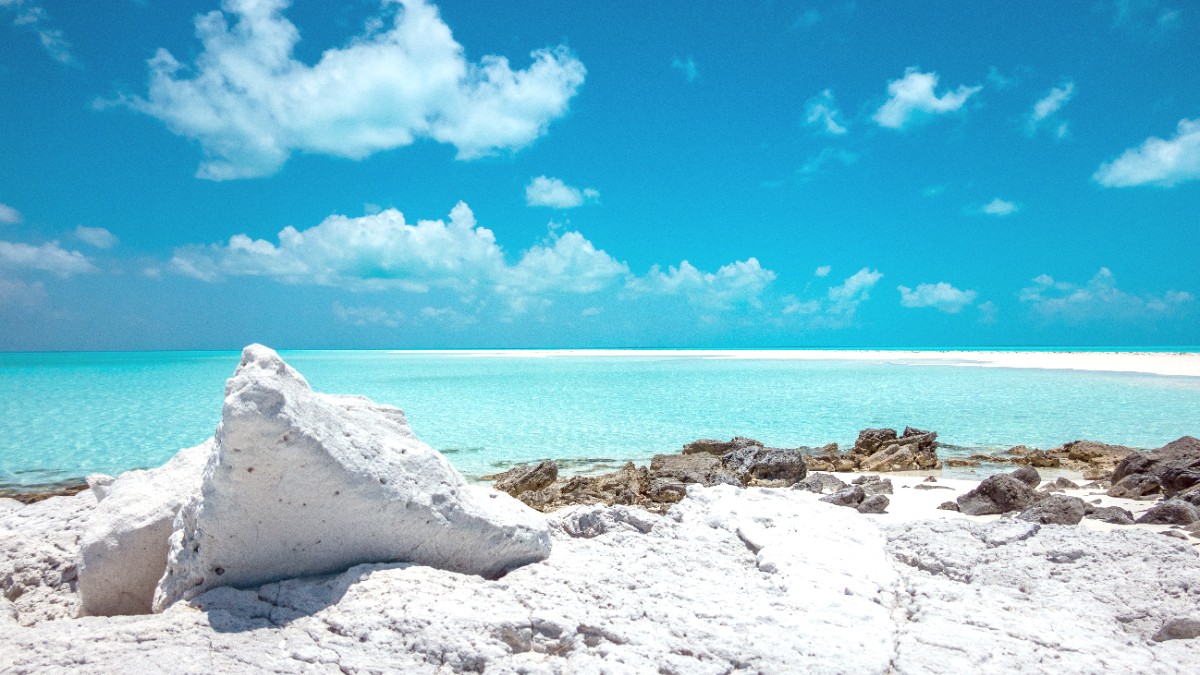
Out Islands, The Bahamas
The Exumas boast several globally recognized natural landmarks that draw visitors seeking unique experiences. These sites offer a blend of natural beauty and captivating interactions.
Most famous attractions are mainly accessed via guided boat tours, which typically depart from Great Exuma and span a full day. Shorter tours are available from Staniel Cay for those staying closer to the Cays.
Consider a GetYourGuide tour for comprehensive sightseeing experiences, often including multiple iconic spots.
The true splendor of the Exumas lies in their pristine natural environment, offering a wealth of scenic beauty and wildlife encounters.
A vast protected area (176 sq. Miles) of pristine waters, cays, and marine life. It is the first no-take zone in the wider Caribbean, meaning no fishing or collecting. Accessible mainly by boat tours, it offers unparalleled snorkeling and diving.
Numerous sandbars emerge at low tide, creating stunning ephemeral beaches. Popular spots include the Mile-Long Sandbar near Staniel Cay. Inland blue holes (sinkholes filled with water) exist on Great Exuma; underwater blue holes attract experienced divers.
Encounter Bahamian Rock Iguanas (Allen Cay), friendly nurse sharks (Compass Cay), and wild stingrays (Stocking Island) that can be fed responsibly. Wild dolphins are occasionally spotted during boat tours, especially in the clear Exuma Sound. Birdwatching opportunities are also present.
Thunderball Grotto presents an unique geological formation with underwater caves, dramatic rock formations, and an open ceiling. Blue Holes are natural sinkholes, often filled with salt or brackish water, some with extensive underwater cave systems.
Countless stunning beaches exist beyond the famous ones, including Tropic of Cancer Beach, Coco Plum Beach (with its iconic swing), Jolly Hall Beach, and Emerald Bay Beach. Many are public, pristine, and offer seclusion.
Elizabeth Harbour in Georgetown is a large, protected natural harbor, popular for sailing and yachting. Great Exuma and Little Exuma are surrounded by numerous smaller cays and incredible shallow, clear water, ideal for exploring by boat or kayak.
A partially submerged, derelict sailing vessel near Farmer's Hill that offers an unique and eerie photo opportunity.
A secluded spot often filled with starfish in the shallow water. Inquire with locals for directions to this hidden treasure.
A lesser-known group of pigs on a smaller cay, sometimes offered by private tours, providing a less crowded experience than the main Pig Beach.
Venture beyond the most popular spots to discover lesser-known treasures that offer unique perspectives on the Exumas.
The Exumas abound with picturesque scenes perfect for capturing unforgettable memories. These spots offer iconic and unique backdrops for your photography.
For stunning underwater shots, consider a dedicated Waterproof camera to capture the vibrant marine life and clear waters of Thunderball Grotto and the sandbars.
A popular photo spot with a swing set up in the shallow turquoise waters. This provides an iconic image of the Exumas.
The vast, pristine sandbars create surreal photographic backdrops, allowing for unique perspective shots of the ocean and sky.
Inside Thunderball Grotto, light rays filter through openings, creating stunning visual effects. This makes for spectacular underwater photography opportunities.
Book guided tours to all major attractions including the Swimming Pigs, Thunderball Grotto, and Iguana Island.
Find Tours on GetYourGuideLocal guides often offer insights and access to unique spots not listed on larger platforms.
Many boat tours include snorkel stops. Bringing your own Snorkel set provides a good fit and hygiene.
Shop Snorkel SetsProtect your electronics and valuables from splashes on boat tours with a reliable Dry bag.
Shop Dry BagsThe Bahamian sun is strong. Wear reef-safe sunscreen, hats, and protective clothing.
Known for its friendly nurse sharks that swim freely around the marina. Visitors can pet or swim with these gentle creatures in a safe and controlled environment, presenting an unique wildlife interaction.
A large, protected natural harbor, popular for sailing and yachting, offering calm waters and scenic views of the town. This natural feature serves as a central hub for marine activities and local life.
The Exumas' natural beauty remains a precious resource. Please adhere to local regulations.
Practice responsible tourism, avoid disturbing marine life, and dispose of trash properly to preserve the pristine environment for future visitors.
Beyond the popular highlights, the Exumas harbor lesser-known treasures that offer unique perspectives and quieter experiences. These locations allow for a connection with the islands' natural charm and local life.
Explore these less-frequented spots for a sense of discovery and tranquility away from the main tourist routes.
Gain insights into local life and experience the authentic charm of the Exumas by visiting these community-focused spots and looking towards sustainable travel trends.
A protected area south of Georgetown, offering vast shallow waters, intricate mangrove creeks, and excellent kayaking or paddleboarding opportunities away from the crowds.
A serene escape for nature enthusiasts and photographers. A GetYourGuide tour may be an option for exploring this park.
Capture the stunning beauty of the Exumas with these expert tips, ensuring your photos reflect the true splendor of the islands.
The clear waters make polarized sunglasses helpful for spotting marine life and reducing glare in photos.
Maximize your exploration of the Exumas' attractions with effective planning, choosing options that match your travel style and interests.
The Exumas do not feature significant archaeological sites or major museums open to the public. The appeal of the islands focuses on their natural environment and unique wildlife.
The main attractions are natural landmarks like the Swimming Pigs, Thunderball Grotto, and the stunning beaches and marine protected areas.
Historical insights mainly come from exploring charming colonial architecture in Georgetown, local churches, or the poignant ruins of Hermitage Estate.